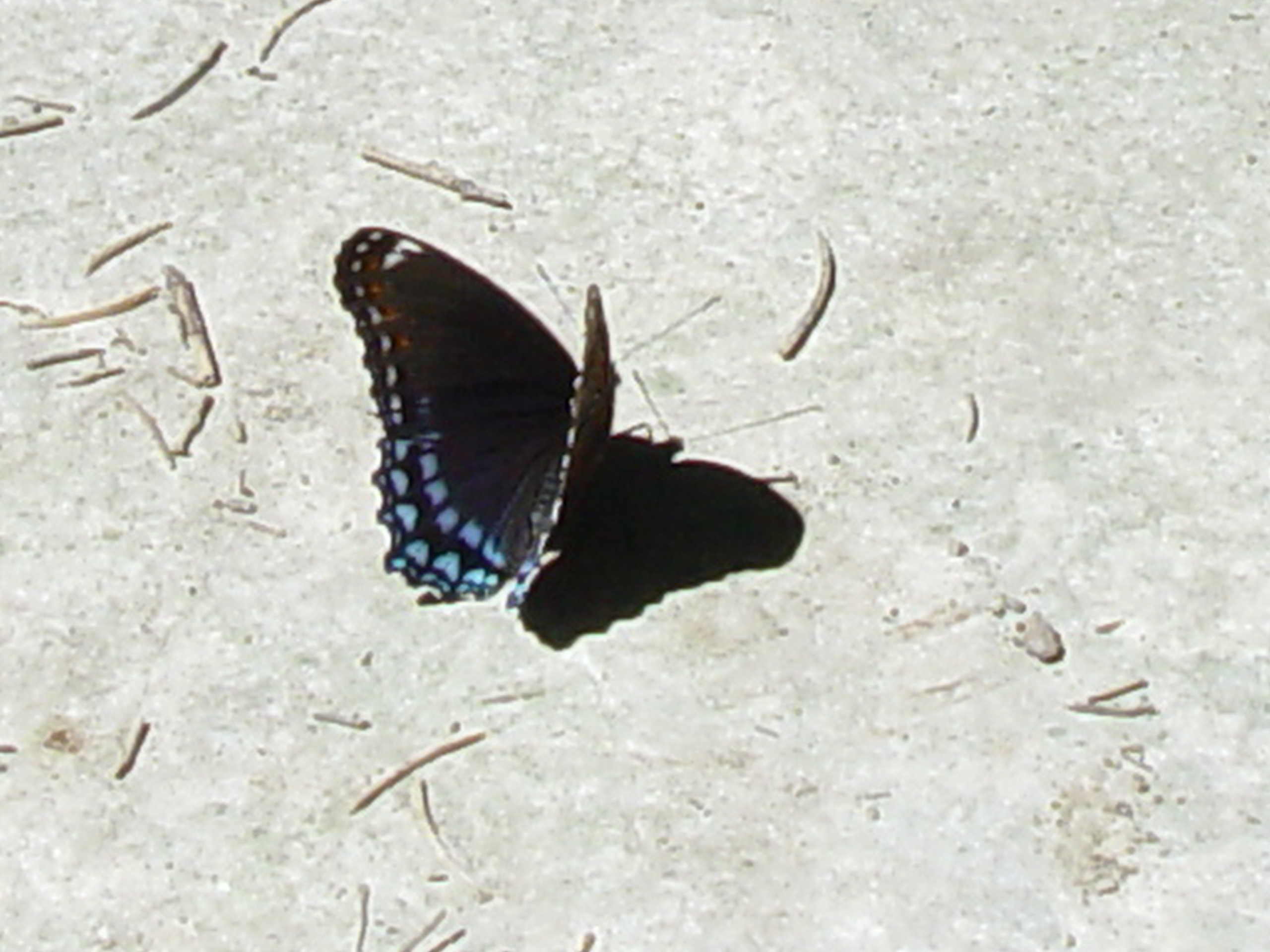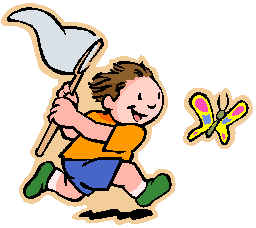|
|
|
| Vague Assignments
(and problem solving) |
Earlier you were asked to choose some
academic problems and decide where they might fit in the information
processing model. It was tricky because you needed to define the
problem more precisely. For example, if you had picked "Spelling" as
a problem you would have some difficulty trying to fit it into the
model. You needed to define the problem as: (1) a hearing problem, (2) a
listening problem, (3) a phonological processing problem, (4) a
sound-symbol mapping problem, (5) a visual memory problem, (6) a
sequencing problem, (7) a short term memory capacity problem, (8) a long
term memory access problem, (9) a metacognitive problem, and so on.
Vague assignments force you to think about deconstructing the problem,
and then framing it in meaningful ways, or ways that lead to solutions. |
| Vague Brochure Guidelines
(and problem solving) |
Strict criteria and rubrics for the
Brochures were not given prior to the task because vagueness forces
thinking and problem solving. Rubrics and criteria can direct people
into a stream that (1) blocks creative alternatives, (2) turns learners
into technicians rather than problem solvers, (3) prevents discovery,
and (4) generates a "weak" form of constructivism. |
| Vague Test Questions
(and problem solving) |
Vague test questions provide an
opportunity to discuss with others one's rationale for an answer
selection. One can learn strategies for information processing from
others. One can develop metacognitive strategies. One can learn various
problem solving techniques from observing others, debating with others,
exploring alternatives, and so on. |
| |
|
| Why make it so difficult? |
There's a story about a nature lover out
walking in the woods and she comes across a cluster of cocoons with the
butterflies just starting to emerge. She watches. |
|
 |
The emerging butterflies struggle and
struggle and struggle, but seem to be making very little progress. Being
a compassionate person she decides to assist, and so she starts prying
parts of the cocoon apart to allow the strugglers to emerge more easily.
But then she notices something strange. Those that she helped to emerge,
finally break free... |
|
 |
...flutter to the ground and
hobble away. Beautiful, but bound in some figurative manner.
|
|
 |
Those that struggled on their own to
emerge just flew away. Apparently, there is something in the struggling
process that facilitates the structure and function of wing-use in
butterflies. The tension the wings experience in the struggle
contributes to proper development and thus the struggle is important! It seems to be characteristic of
nature, generally. Do you think there might be something vitally
important in struggle, even cognitive struggle?
Some may check with the entomologists. |